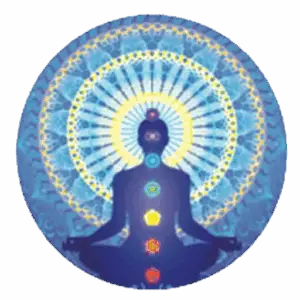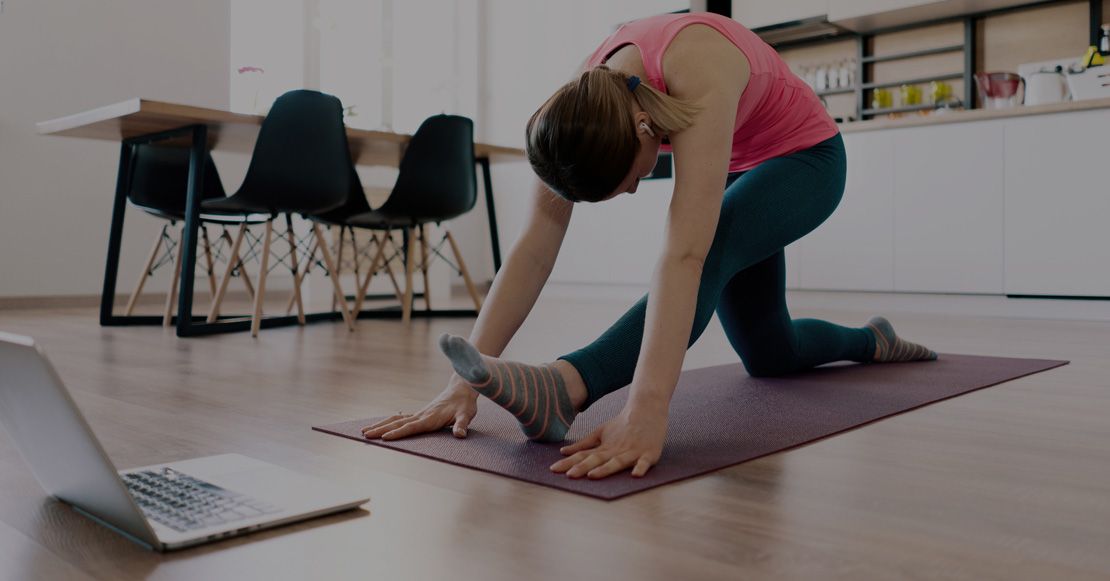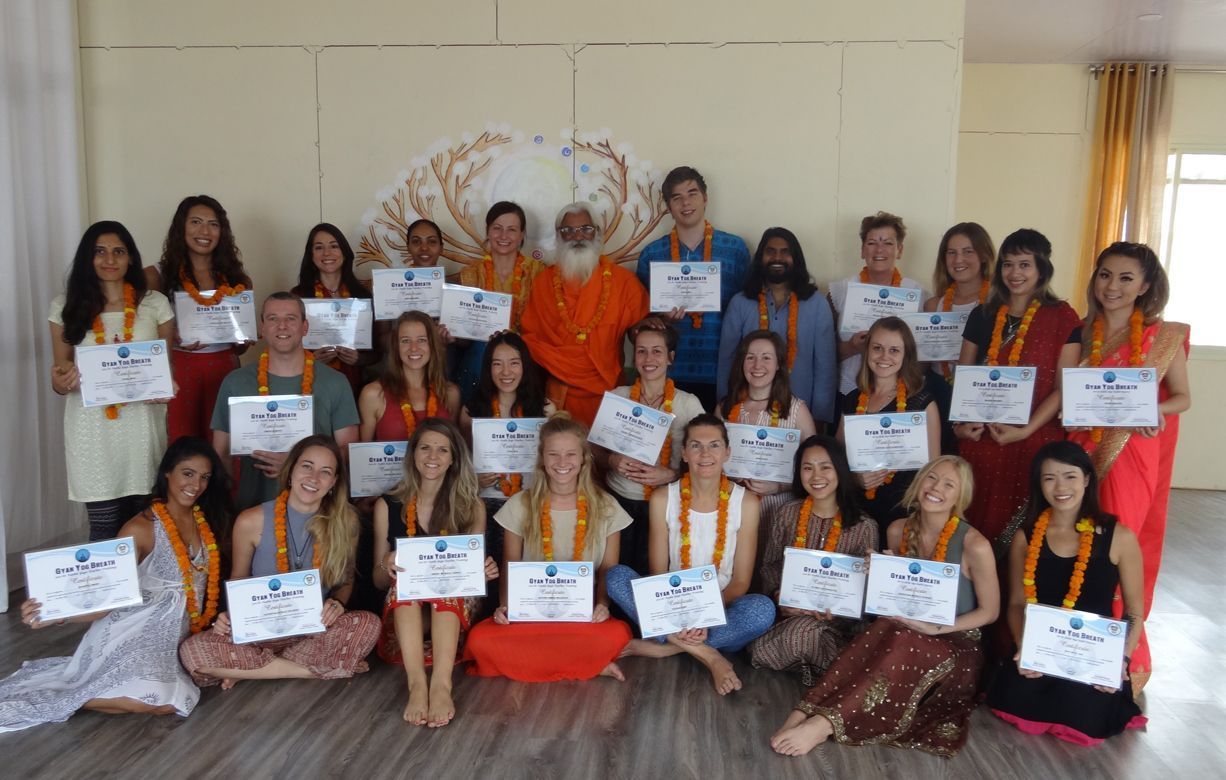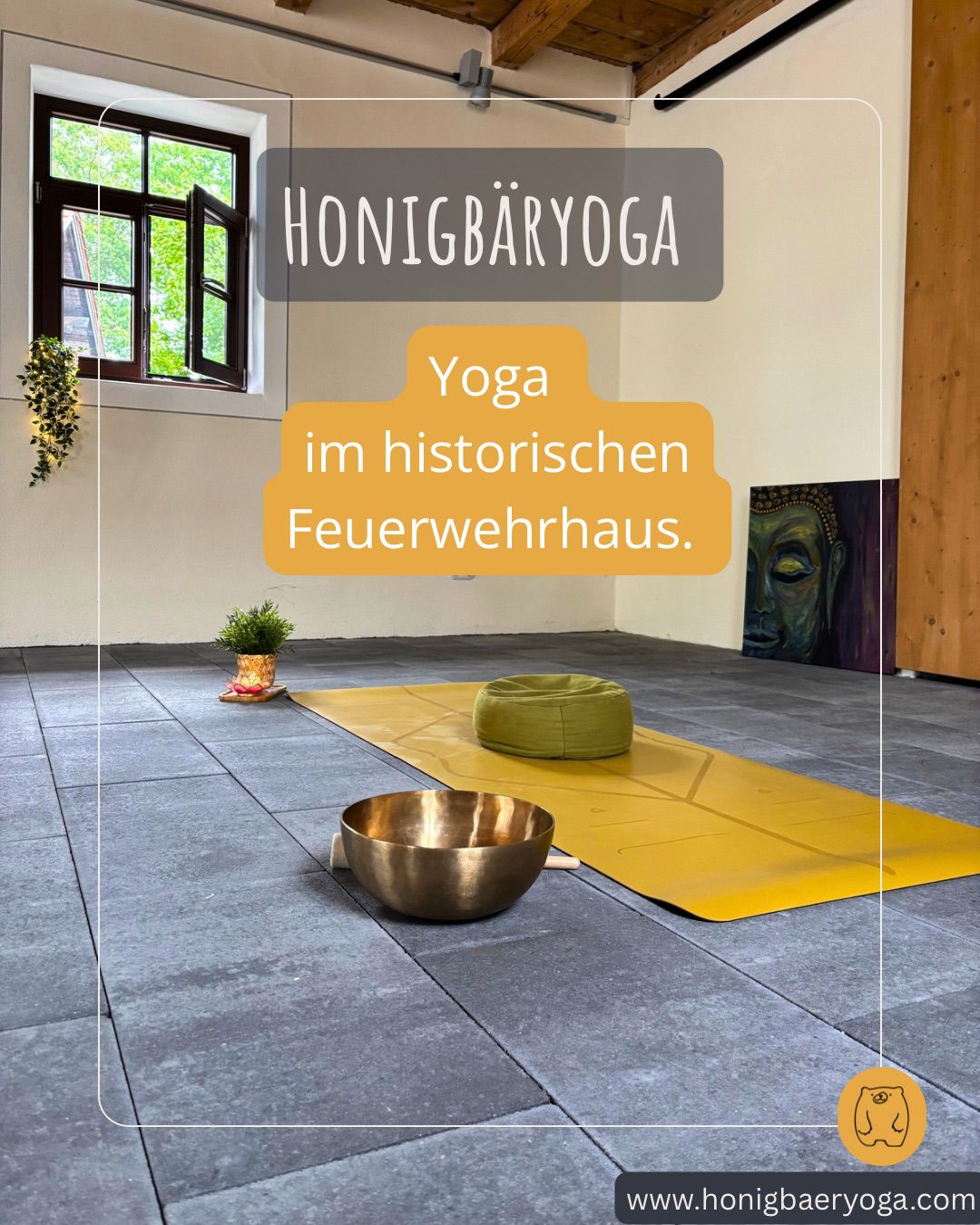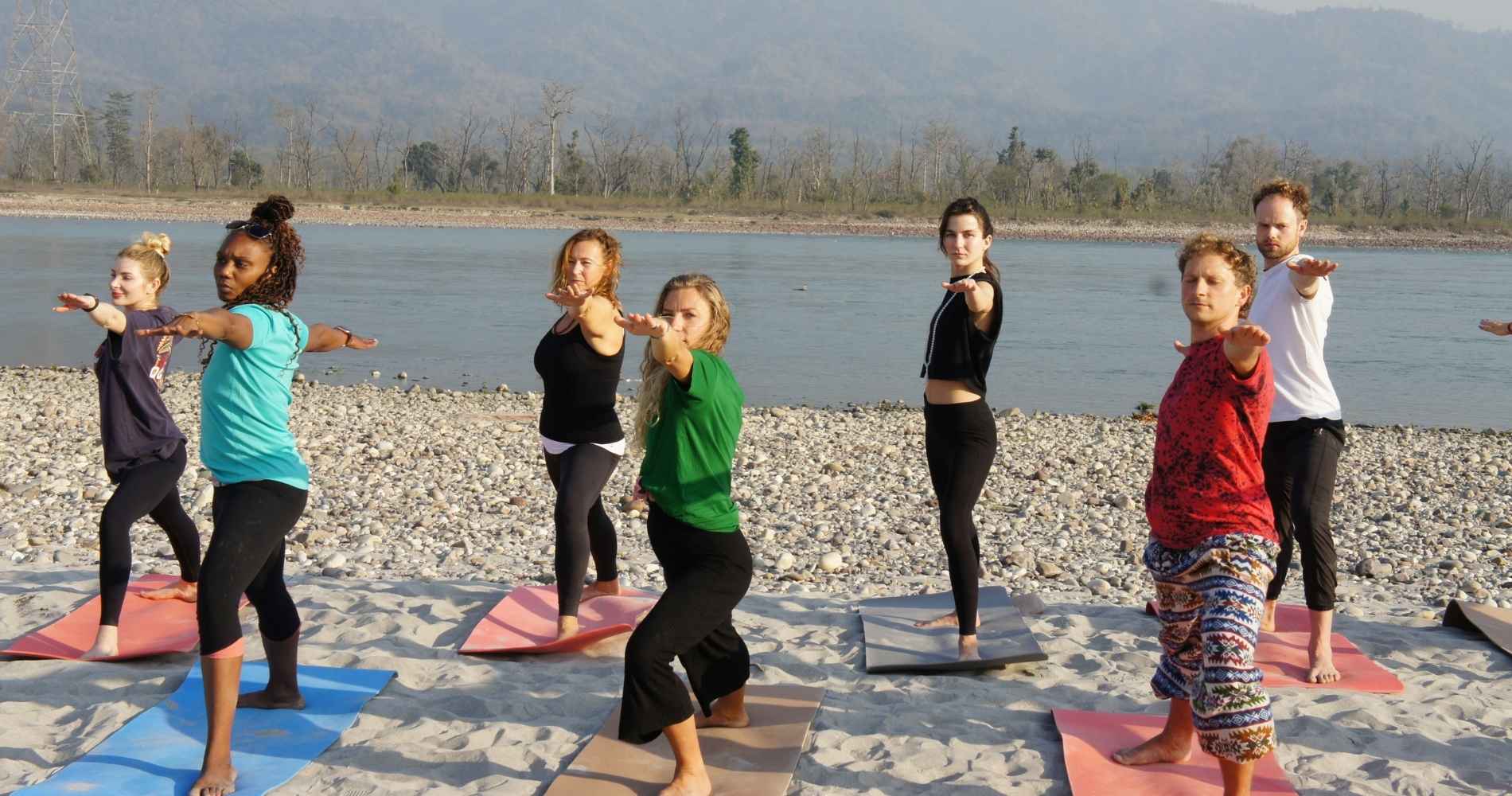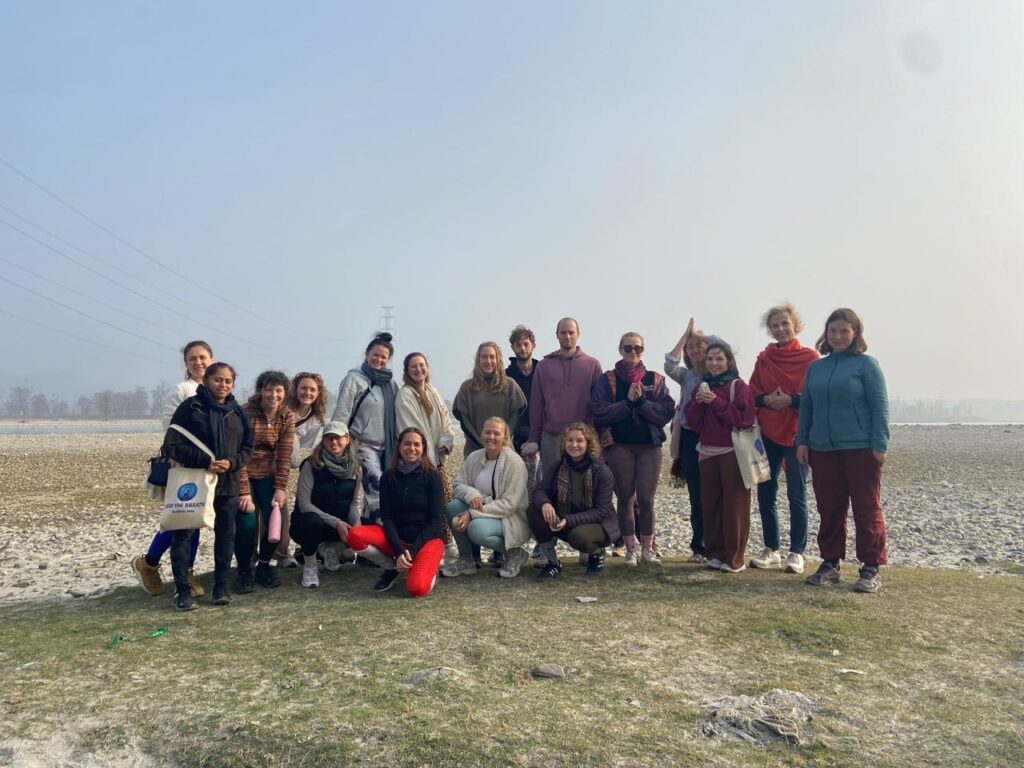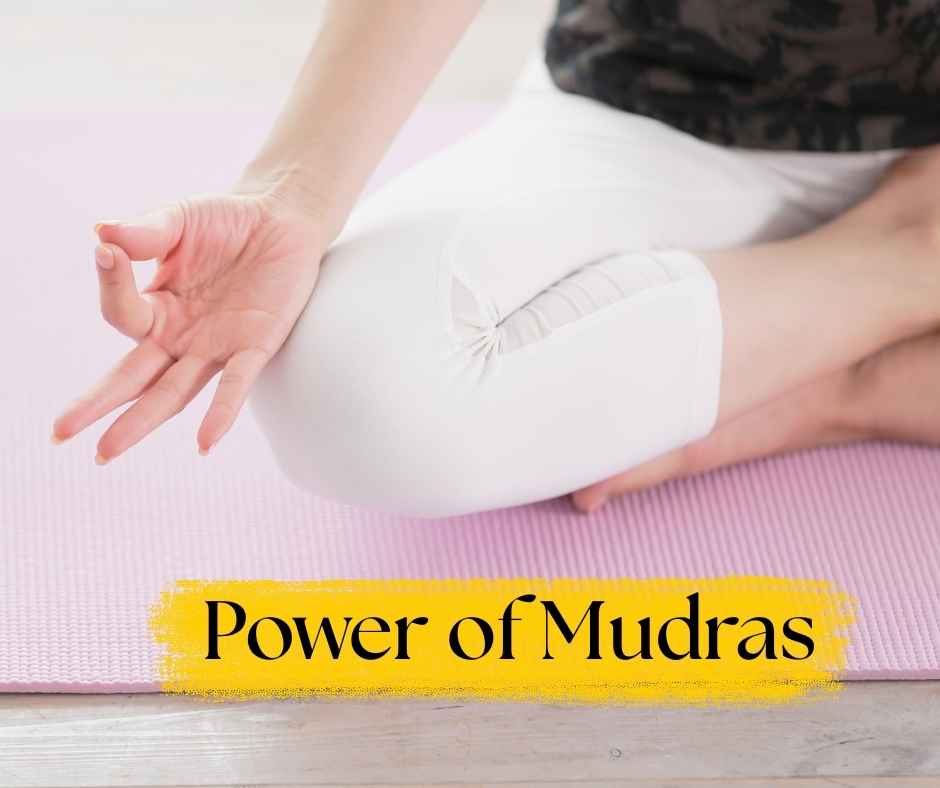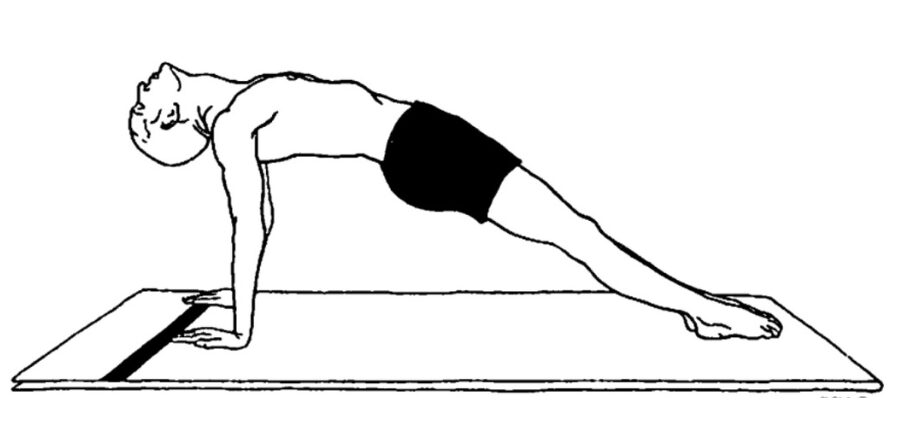
Introduction to Setu Asana (Bridge Pose)
Setu Asana, commonly known as Bridge Pose, is a powerful yet accessible yoga posture that strengthens the body while enhancing flexibility and balance. The Sanskrit word “Setu” means bridge, and “Asana” means posture. This pose resembles the shape of a bridge, with the body forming an arch-like structure.
Originating from traditional Hatha Yoga, Setu Asana is a preparatory posture for deeper backbends like Chakrasana (Wheel Pose). It stimulates the Manipura Chakra, the energy center associated with vitality and transformation. Practicing Setu Asana regularly helps in strengthening the spine, improving posture, and increasing body awareness.
Step-by-Step Instructions for Setu Asana (Bridge Pose)
- Starting Position: Sit on the floor with your legs stretched straight in front of you.
- Hand Placement: Position your palms on the floor, about 30 cm behind your hips, with fingers pointing backward.
- Posture Preparation: Keep your elbows straight and slightly recline your upper body backward.
- Lifting the Body: Inhale deeply, then raise your buttocks and lift your body upward. Let your head gently hang backward.
- Foot Positioning: Try to place the soles of your feet flat on the ground while keeping your arms and legs straight.
- Holding the Pose: Retain the breath inside and maintain the final position for as long as comfortable.
- Releasing the Pose: Exhale while slowly lowering your buttocks back to the ground.
- Repetition: Perform up to 10 rounds for maximum benefits.
Modifications and Use of Props
For beginners or those with limited flexibility, modifications and props can enhance the experience of Bridge Pose:
- Using a Yoga Block: Placing a yoga block under the lower back offers support, reducing strain on the spine.
- Bent Knee Variation: If straight legs feel too intense, practice with knees slightly bent for better balance.
- Wall Support: Performing Setu Asana against a wall provides additional stability for those new to backbends.
- Shoulder Support: A folded blanket under the shoulders can ease pressure and provide cushioning for comfort.
Benefits of Setu Asana (Bridge Pose)
Regular practice of Setu Asana provides numerous physical, mental, and energetic benefits:
- Strengthens the Body: This pose builds strength in the back, arms, legs, and shoulders while toning the core muscles.
- Improves Flexibility: It enhances spinal flexibility and stretches the Achilles tendons, making it beneficial for improving mobility.
- Enhances Posture: Practicing Bridge Pose helps align the spine and correct poor posture caused by prolonged sitting.
- Stimulates the Nervous System: By activating the Manipura Chakra, it boosts confidence, motivation, and energy levels.
- Supports Digestive Health: The mild compression in the abdomen promotes digestion and relieves bloating.
- Prepares for Advanced Poses: This asana serves as a stepping stone for deeper backbends like Chakrasana.
- Alleviates Stress: The mild inversion effect relaxes the mind and releases tension from the neck and shoulders.
Cautions and Contraindications
Although Setu Asana is beneficial for many, it may not be suitable for everyone. Avoid or modify the pose if you have:
- High blood pressure
- Heart disease
- Stomach ulcers
- Weak wrists or recent wrist injuries
Additionally, always listen to your body and avoid overstretching. If discomfort or pain arises, gently come out of the posture
Learning Asana Properly with a Teacher
While self-practice is valuable, learning Setu Asana (Bridge Pose) under the guidance of an experienced yoga teacher ensures proper alignment and safety. At Gyan Yog Breath, our comprehensive yoga teacher training course in India provide in-depth instruction on alignment, breath control, and variations suited to all levels. Practicing with a teacher not only prevents injury but also deepens your understanding of yoga beyond the physical postures. Whether you are a beginner or an advanced practitioner, structured learning can help you unlock the true benefits of Bridge Pose and other transformative yoga postures.
